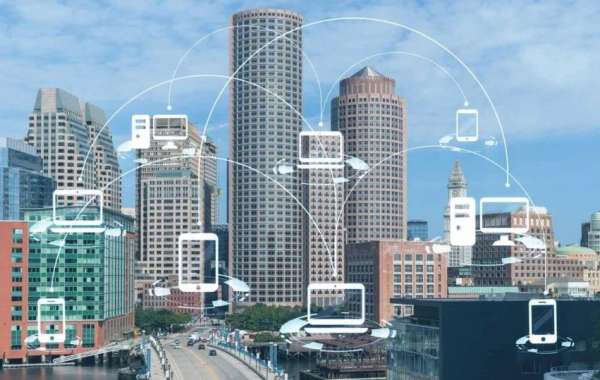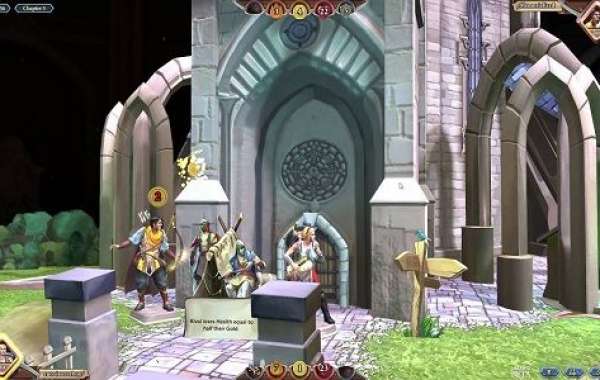Digital twin (DT) is a rapidly growing concept that has gained traction as it can improve product designs, optimize performance at an industrial level, and create proactive maintenance services. This upgrading technology has started taking shape on an entirely new and different scale as it has become the pillar for futuristic smart cities.
In the scenario of smart cities, digital twins work as virtual replicas of the city’s assets, such as buildings, road lighting systems, energy and grid capabilities, and mobility solutions. However, it is not enough to develop a third-dimensional (3D) model of these sources. Therefore, the digital twin of smart cities pairs the 3D information with spatial modeling (for building the environment), simulations and mathematical models (for workable electric and mechanical systems), and other components that use real-time data feeds from the Internet of Things (IoT) platforms.
In this exclusive AITech Park, we will explore how digital twins will help smart cities evolve in 2024.
Global Views on Digital Twin’s Smart Cities
Looking at the rising population, numerous governments across the world have taken a national strategic view on implementing digital twins and evolving their cities into smart cities. For instance, Dubai has recently decreed a mandate on the use of BIM for large-scale projects. Similarly, the United Kingdom has proposed to construct any new building based on the digital twin concept.
On the other hand, cities such as Singapore and New York have already implemented DT technology. Let’s take a look at how DT technology has changed the outlook in these most populous cities.
Virtual Singapore
Singapore has successfully employed DT technology by developing a virtual replica of the city that includes different commercial and residential buildings, roads and lanes, and various utilities, along with tracking human traffic and environmental data. The implementation of this technology provides a continuous update to the government and city councils to adjust to any changes in the city. The data is further shared with urban planners and disaster management to make strategic decisions in the case of resource allocation and accommodate the growing population within the limited area.
New York City’s Vision Zero
To eliminate traffic New York City’s Vision Zero initiative aims to improve road safety. By implementing DT, the metropolis has been able to monitor real-time traffic situations, pinpoint accident-prone zones, and enforce preventive measures. The DT technology also integrates data from IoT-driven traffic sensors, cameras, and public reports, providing a comprehensive view of the city’s traffic and guiding policies that have significantly reduced traffic-related incidents.
As DT is integrated with artificial intelligence (AI) and machine learning (ML), this technology will evolve from being a conceptual tool to becoming more competent and autonomous as software capabilities expand. The application areas for digital twins will continue to reach new heights in the coming years and will change the way AEC teams create, use, and optimize physical spaces and multiple processes.
To Know More, Read Full Article @ https://ai-techpark.com/urbanizing-smart-cities-with-digital-twins/
Related Articles -
Transforming Business Intelligence Through AI
Trending Categories - AItech machine learning




